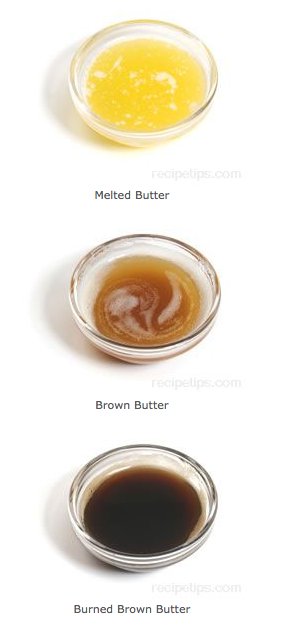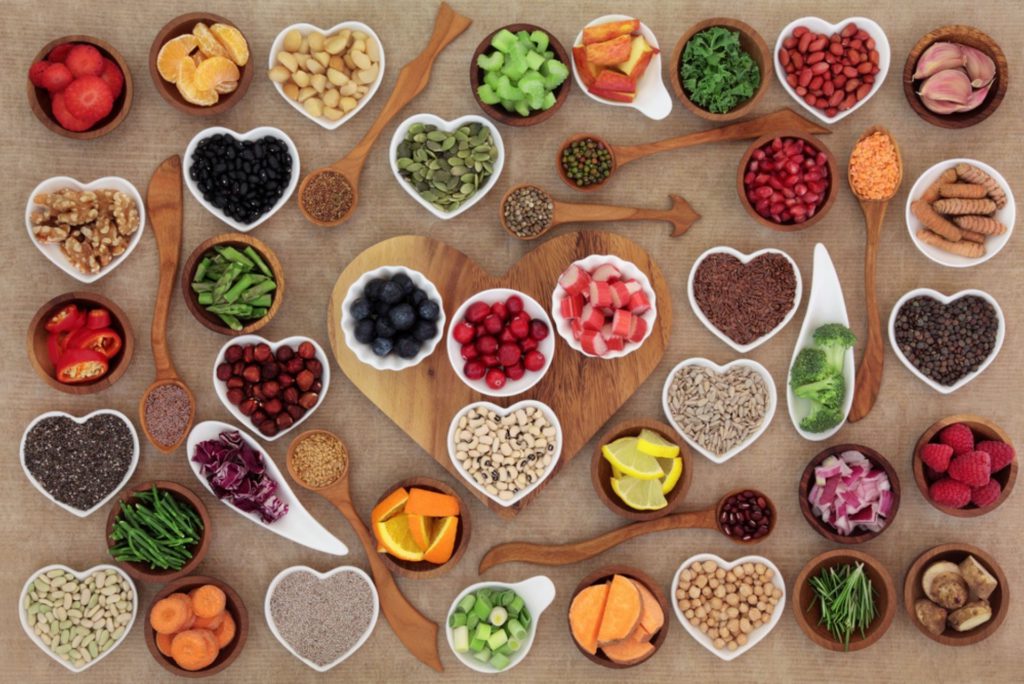
You can reduce your risk of developing heart disease by eating plant-based nutrition. This article will discuss the health benefits of a plant-based diet. Plant-based foods are good for your health, your heart health, and the environment.
Plant-based diets offer a healthier way to eat
If you are looking for a healthier way to eat, consider a plant-based diet. A plant-based diet includes vegetables, fruits, whole grain, legumes, nuts and seeds. These foods are high in vitamins and phytochemicals. They help keep your body healthy and balanced. Additionally, plant-based food contains antioxidants, which support the immune system.
Plant-based diets reduce inflammation, which has been linked in many cases to various diseases. Plant-based foods contain phytochemicals and antioxidants that boost the immune system and reduce toxins. Inflammation can lead to cell damage, leading to conditions such as cancer and arthritis.
They reduce the risk of developing heart disease
A plant-based diet can drastically reduce your risk for heart disease. According to a recent study, eating a plant-based diet can reduce your risk of cardiovascular disease by more than 50 percent. The study followed close to 5,000 adults over 30 years. They found that those who ate the highest amount of plant-based foods were more likely to have heart disease. This may be a cumulative effect, so if you live longer, your heart health can still benefit from a plant diet.

In addition, the study showed that patients suffering from heart failure could benefit from a plant-based diet. Plant-based diets were also linked to lower heart failure symptoms and a greater left ventricle ejection fraction. This association was not conclusive. A plant-based diet was also associated with a lower blood pressure and the need for less medication.
They boost your immune system
Plant-based nutrition should be an integral part of a balanced diet that supports optimal immune functions. It should consist of whole, nutrient dense foods and few ultra-processed ones. High-quality fiber and antioxidant-rich foods will support immune function.
Plant-based diets are rich in fibre, which is essential to the health of the gut microbiome. The bacteria that lives in the stomach ferment fiber and make short-chain essential fatty acids. This improves immunity. Even though the average adult diet contains only 18g, adults should consume at least 30g daily. A good source of fiber is fruit and vegetables, whole grains and legumes.
They are good to the environment
Plant-based nutrition not only makes you healthier but also helps the environment. Research has shown that a diet primarily made up of plant-based foods reduces greenhouse gas emissions. Studies show that an individual who eats 20 portions of vegetables each day is less likely than someone who eats just one piece of beef to release greenhouse gases into the atmosphere. Studies also showed that eating meat contributes to pollution of water bodies as well as the depletion and loss of oxygen in oceans.
Plant-based diets not only reduce your carbon footprint but also protect precious water supplies through reducing the use of fertilizers. They can also help to protect the environment by ensuring that crops resources are used to feed people and not livestock. Many health experts recommend adopting a flexitarian diet, which includes plenty of fruit and vegetables, and modest amounts of fish, poultry, and dairy.

They're not foolproof.
Although plant-based nutrition is beneficial, there are many myths about it. One of these myths is that it lacks protein, which is needed for strong bones. It may not be the right choice for someone who wants to lose weight. However, it can be a good choice for people who want a healthier lifestyle and their ideal weight.
While plant-based diets tend to be healthier than conventional ones, there are a number of risks. These include the risk for food-borne illness. Children are particularly vulnerable to these illnesses, as their immune systems may not be developed enough to fight off an outbreak. Animal agriculture runoff can also cause contamination of some plants, making it important to be vigilant about food safety, recalls, and other issues. Many experts advise a plant-based lifestyle, which is often seven to fifteen times longer than consuming meat.
FAQ
What is the difference in fat and sugar?
Fat can be a source of energy that is obtained from food. Sugar is a sweet substance that can be found naturally in fruits or vegetables. Both fats (and sugars) have the exact same calories. However, fats contain more than twice as many calories as sugars.
Fats are stored within the body and can contribute to obesity. They can cause cholesterol buildup which can lead to strokes and heart attacks.
Sugars can be quickly absorbed by your body and give you instant energy. This causes blood glucose levels to rise. High blood glucose levels can lead to type II diabetes.
What's the difference between a calorie and kilocalorie?
Calories measure the amount energy in food. The unit of measurement is called a calorie. One calorie contains the energy needed to raise the temperature of one gram of water by one degree Celsius.
Kilocalories is another name for calories. Kilocalories can be measured in thousandsths of one calorie. 1000 calories is one kilocalorie.
What is the difference of a virus from a bacteria?
A virus is a microscopic organism which cannot reproduce outside of its host cell. A bacterium (or single-celled organism) reproduces by splitting itself into two. Viruses are small, around 20 nanometers in size. Bacteria are much larger, at 1 micron.
Viruses can spread from contact with bodily fluids that are infected such as saliva, urine or semen. Bacteria can be spread by direct contact with infected objects and surfaces.
Viral infections may enter the body through cuts, scrapes. bites and other skin breaks. They can also be transmitted through the eyes, nose, mouth, ears, vaginal, rectum, and anus.
Bacteria can get into our bodies through cuts, scrapes and burns, insect bites, or other skin breaks. They may also be introduced into our bodies through food and water as well as soil, dirt, dust, and animals.
Both bacteria and viruses can cause illness. But viruses do not have the ability to multiply within their hosts. Infecting living cells is what causes them to become sick.
Bacteria can multiply within their hosts and cause illness. They can also invade other parts of your body. That's why we need antibiotics to kill them.
What is the problem?
BMI stands to Body Mass Index. This refers to the measurement of body weight based on height. This formula calculates BMI.
Divide the weight in kilograms by the height in meters squared.
The result is expressed using a number from 1 to 25. A score of 18.5 or higher indicates overweight, while a score of 23 or higher indicates obesity.
A person with 100 kg will have a BMI 22 if they are 1.75m tall and weigh 100 kg.
What are 10 healthy habits you can adopt?
-
Have breakfast every day.
-
Don't skip meals.
-
Keep a balanced diet.
-
Drink lots of water.
-
Take care your body.
-
Get enough sleep.
-
Stay away from junk foods.
-
Do some type of exercise daily.
-
Have fun!
-
Meet new people.
What can you do for your immune system to improve?
The human body is composed of trillions if not billions of cells. Each cell works together to create organs and tissues that fulfill specific functions. A cell that dies will be replaced by another. Cells also communicate with each other using chemical signals called hormones. Hormones control all bodily functions, including growth, development, metabolism, immunity and immune system.
Hormones are chemical substances that glands secrete throughout the body. They are messengers that help control how our bodies operate. Some hormones can be produced within the body while others can be made outside.
Hormone production occurs when a hormone producing gland releases its contents to the bloodstream. Once released, hormones move through the body until they reach their target organ. Sometimes hormones stay active for only a short time. Some hormones remain active for longer periods of time and can continue to have an impact on the body's function long after they are gone.
Some hormones are made in large quantities. Others are produced in small amounts.
Some hormones are made at specific times in your life. For example, estrogen is made during puberty. Estrogen aids women in developing breasts, maintaining bone density and preventing osteoporosis. It promotes hair growth as well as keeping skin soft and smooth.
Statistics
- Extra virgin olive oil may benefit heart health, as people who consume it have a lower risk for dying from heart attacks and strokes according to some evidence (57Trusted Source (healthline.com)
- nutrients.[17]X Research sourceWhole grains to try include: 100% whole wheat pasta and bread, brown rice, whole grain oats, farro, millet, quinoa, and barley. (wikihow.com)
- This article received 11 testimonials and 86% of readers who voted found it helpful, earning it our reader-approved status. (wikihow.com)
- WHO recommends reducing saturated fats to less than 10% of total energy intake; reducing trans-fats to less than 1% of total energy intake; and replacing both saturated fats and trans-fats to unsaturated fats. (who.int)
External Links
How To
What does "vitamin" actually mean?
Vitamins are organic substances found naturally in food. Vitamins allow us to absorb nutrients from food. Vitamins cannot be made by the body; they must be taken from food.
There are two types vitamins: water soluble or fat soluble. Water soluble vitamins dissolve easily in water. Vitamin C,B1(thiamine), B2 (2riboflavin), and B3 (3niacin), as well as vitamin C,B1, B2 (riboflavin), and B3 (niacin), vitamin B6 (pyridoxine), vitamin folic acid (biotin), pantothenic, and choline are examples. Fat-soluble vitamins are stored within the liver and in fatty tissue. Examples include vitamin D, E, K, A, and beta carotene.
Vitamins are classified according their biological activity. There are eight main groups of vitamins.
-
A - essential for normal growth and maintenance of health.
-
C - important for proper nerve function and energy production.
-
D – Essential for healthy teeth, bones and joints
-
E is needed for good reproduction and vision.
-
K - Required for healthy nerves and muscles.
-
P – Vital for building strong bones.
-
Q - aids digestion, absorption and absorption iron
-
R - Required for red blood cell production
The recommended daily allowance of vitamins (RDA), varies depending upon age, gender, physical condition, and other factors. The U.S. Food and Drug Administration, (FDA), sets the RDA value.
For adults 19 years and over, the RDA vitamin A intake is 400mg/day. Because it is essential for the development of the fetus, pregnant women should consume 600 micrograms per days. Children ages 1-8 require 900 micrograms per day. Babies under one-year old need 700 micrograms per daily. Between 9 and 12 month, however, this drops to 500 mg per day.
Children aged 1-18 require 800 micrograms of sugar per day, while those who weigh more than 1200 need 1000. For their nutritional needs, underweight children need 1200 mg per day.
Children 4-8 years old with anemia will need 2200 mg of vitamin D daily.
2000 micrograms daily is required for adults over 50 to maintain their general health. Because of their higher nutrient needs, women who are pregnant or nursing need 3000 mg per day.
1500 micrograms are required daily by adults over 70 because they lose approximately 10% of their muscle each decade.
Women who are pregnant, nursing or breastfeeding need more than the RDA. Pregnant mothers need 4000 micrograms per daily during pregnancy and 2500 after giving birth. Breastfeeding mothers need to consume 5000 micrograms each day when breastmilk has been produced.